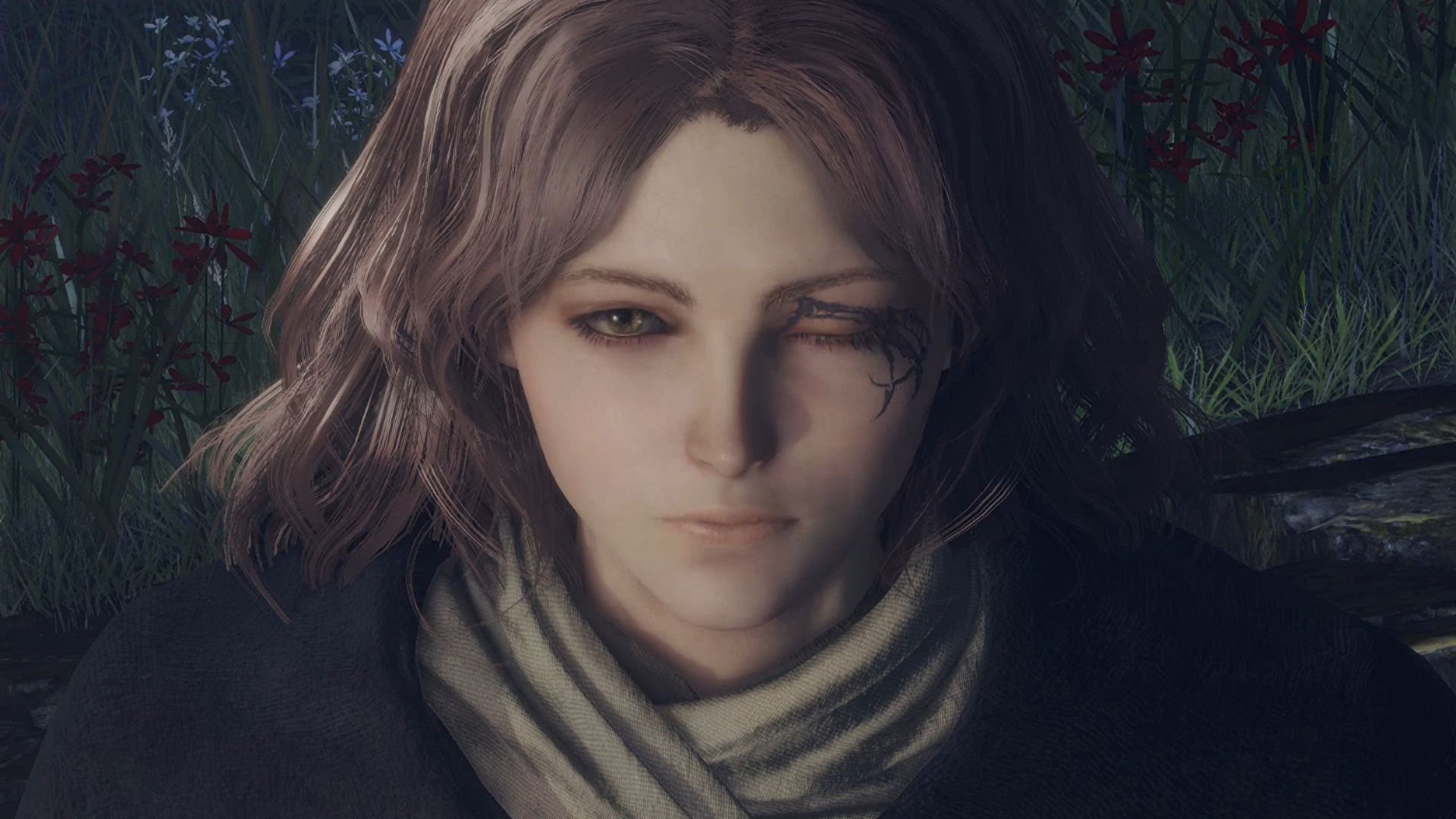I spent the last weekend in February planted firmly on my couch, playing hour after hour of Elden Ring, the latest offering in the Soulsborne series. A while back, I wrote about Bloodborne, another FromSoftware game that is incredibly punishing. I concluded the post by saying I wasn’t sure if I liked it, and now, even much later, the answer is still unclear. I like the idea of a lot of Soulsborne games. They punish the player in ways other games wouldn’t dare, all while offering absolutely no difficulty settings or gameplay options. The sometimes-toxic fan community demands that you “git gud” or get out.
Enter Elden Ring. Many critics are praising it as the most streamlined and accessible FromSoftware game ever. Polygon’s review hailed it as the most approachable FromSoftware title, although it notes that the game is still challenging. Of course, FromSoftware fans knew that already.
I’ve played all of FromSoftware’s previous games in some capacity (although I like some more than others), so I was excited to pick up Elden Ring. With a score in the upper 90s on Metacritic, I figured it must break the mold of previous games by director Hidetaka Miyazaki. It must be doing something completely different.
And well, it is and it isn’t. I admire Elden Ring for its expansive world. Other critics have noted it, but I never felt like there was a shortage of things to do or see in The Lands Between. I might be riding on my horse looking for a map one minute, following a mysterious ghostly trail of footprints the next. The world is simply magical in a grim, unsettling sort of way, and I can safely say I’m more interested in the setting of Elden Ring than any other FromSoftware game (although Bloodborne is aesthetic goals as well). That being said, I don’t necessarily agree that the game is accessible or easy to jump into for those that aren’t familiar with the very specific brand of game FromSoftware is known for.
Elden Ring released just one week after another highly anticipated game: Horizon Forbidden West. Although the two games have little in common aside from their open worlds, I couldn’t help but compare some of their settings. Horizon Forbidden West allows players to customize their experience, modifying everything from standard difficulty to the camera blur experienced when riding a mount. While these accessibility details seem small, they actually make a big difference in many people’s enjoyment of a game. For a long time, Soulsborne fans have subscribed to the motto of “get good,” insisting that if players felt like the games were too difficult they should just, well, get better at playing.
I’m not the first person to comment that this mentality is ableist. Holly Green pointed out the inherent ableism of expecting people—and especially disabled gamers—to be good at all games in a 2017 Paste article. Accessibility doesn’t meant that a game can’t be hard, or that players can’t set their own goals for completing it. It simply means that people with specific needs don’t have to suffer so a certain subset of the community can feel superior about itself. Playing Horizon Forbidden West and Elden Ring back to back highlighted how important accessibility is, in my eyes. Accessibility options make games better for everyone.
This isn’t me saying Elden Ring isn’t good. Todd and I sunk our whole weekend into exploring The Lands Between. Each time we thought we knew where we were going, or what we planned to do next, we’d find some new oddity to take us off the path. Unlike a lot of open-world games, Elden Ring doesn’t handhold. In fact, it pretty much tells the player “good luck” and sends you off with nary a quest marker or instruction. This is kind of frustrating, and if I was playing alone I’d definitely need a notebook to keep up with my goals. Instead, I’ve got Todd’s steel-trap mind to keep us in check.
Elden Ring is definitely an achievement in gaming, and something developer FromSoftware should be proud of, but for me? It’s not perfect. That being said, I’ll be playing it for the foreseeable future.



